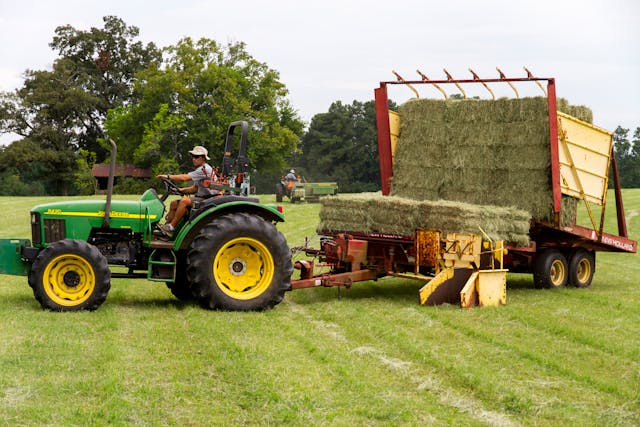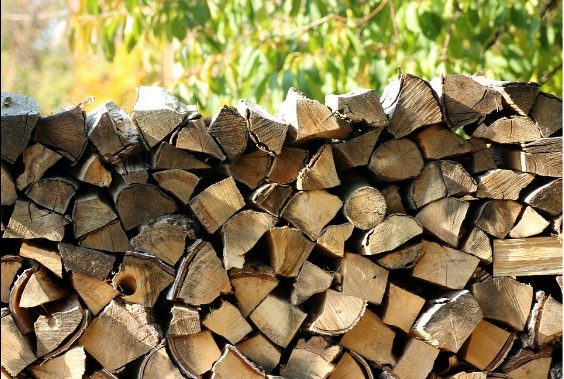Tractors are the workhorses of agriculture, tackling demanding tasks where uninterrupted power and efficiency are paramount. Cooling systems are among the main pillars of a tractor’s performance that offset the overheating of the engine for long hauls. Tractors would need to be repaired frequently, would last shorter and would be less effective without a good heat cooling mechanism. By learning how a tractor’s cooling system works, it becomes easier to maintain the tractor and ensure its efficient functionality for the maximum span of time.
Why Do Tractors Need a Cooling System?
Much of the time,tractors work under great pressure in extreme weather. While operating, the engine produces much heat; if not efficiently dissipated, it can cause major harm to inner parts. By expelling surplus heat, the cooling mechanism is meant to control the temperature of the engine, thus preventing overheating and guaranteeing smooth running.
A good cooling system aids in:
- Avoiding engine overheating and damage.
- Increasing fuel efficiency by keeping an ideal temperature.
- Increasing the life of the engine and other parts.
- Even under large loads, maintaining the performance.
Tractor Cooling System Components
The engine temperature is controlled by many vital parts of a common tractor cooling system working together. These are:
1. Radiator
Heat dissipation is the primary function of the radiator core. It is made of fins and tubes that enable coolant to circulate and emit heat into the surrounding atmosphere. Recirculation of the coolant back into the engine is helped by the radiator after it is cooled down.
2. Antifreeze
Coolant is a fluid that moves along the cooling system, extracting heat from the engine and transporting this heat to the radiator. It is also referred to as anti-freeze. It is a mixture of water and antifreeze refrigerants that prevent below-freezing temperatures and overheating in high temperatures.
3. Water Pump
It circulates the coolant through the radiator and engine. It keeps a consistent flow of coolant to keep the engine at a proper temperature. Effective cooling depends on a water pump that is properly functional.
4. Thermostat
The thermostat serves as a temperature regulator in the cooling network. The door opens or closes to govern the coolant flow, and the engine temperature is monitored. In cold temperatures, the thermostat will be shut, which would allow the engine to warm fast. Opening the thermostat enables coolant flow to maintain the engine at an ideal level once the temperature rises.
5. Cooling Fans
The cooling fan helps to blow heat from the radiator. It guarantees effective heat dispersion, particularly if the tractor is running slowly or in hot weather, by mechanical or electrical means of operation.
6. Valves and Tubes
Hoses and pipes link the cooling system’s parts, enabling coolant to flow freely between the water pump, radiator, and engine. Good maintenance of these hoses will help to preserve efficiency and avoid leaking.
How the Cooling System in a Tractor Works
The cooling process follows a cyclic operation that entails continuous movement of coolant between the radiator and engine. Step by step, this is the way it works:
- When the tractor engine runs, combustion creates a great deal of heat. This heat has to be kept under control to stop engine damage.
- The coolant cools the motor block by absorbing heat from it. This maintains an ideal operating temperature and helps to keep from overheating.
- The thermostat senses the temperature of the engine and manages the coolant flow. The engine opens to let more coolant flow if it is too hot. If the engine is too cold, it remains closed to help the engine warm up faster.
- Heat is released through the metal fins in the radiator, after the hot coolant moves there. The cooling fan and airflow also work to release heat.
- The coolant is returned to the engine via the water pump once cooled, thereby restarting the cooling loop.
Types of Cooling Systems in Tractors
Tractors, in general, employ two kinds of cooling systems:
1. Liquid-cooled System
Liquid-cooled systems in most current tractors depend on a radiator and coolant for temperature control. Even in harsh weather, these systems give steady cooling level, therefore they are more suited for demanding tasks.
2. Air-cooled System
Some tractors, especially small or older models, run on air-cooled systems. These depend on fins and fans to let heat move directly into the atmosphere without the need for coolant. Though they need less upkeep, air-cooled systems are less efficient in harsh heat and demanding use cases.
Common Issues in Tractor Cooling Systems
A malfunction of the cooling system can cause devastating engine damage. Here are a few problems one might encounter:
- Coolant loss from hoses or radiator leaks results in subpar cooling and overheating since they deprive the system of coolant.
- So, dirt in the radiator can clog and bring down its capacity to transfer heat.
- A stuck thermostat would block sufficient flow of the coolant and cause overheating.
- The coolant flow could be disturbed by a bad water pump, causing the engine to overheat.
- A faulty radiator directly leads to high motor temperature by preventing heat transfer.
Tractor Coolant System Maintenance Tips
Cooling system maintenance is essential to avoid overheating and to ensure that engines perform smoothly. Here are some maintenance tips you can follow:
- Ensure the coolant is at the proper level and top it up if necessary.
- Look for seeping. Check the radiator, pipes, and hoses regularly.
- Clear out blockages, dirt, and debris to achieve maximum cooling efficiency.
- Keep checking the thermostat from time to time for proper results.
- Check the water pump. Check for wear or failure and replace it if necessary.
- Ensure that the fan operates correctly. Give it a check and replace it if needed.
Conclusion
A tractor engine’s performance is directly dependent upon the cooling system. A good distribution of heat prevents the engine from overheating, improves fuel efficiency, and ensures peak performance in a variety of agricultural applications. If your tractor is properly maintained and inspected regularly, it will run smoothly, even in harsh conditions. Familiarization with the cooling system will allow tractor owners to take proactive measures to ensure maximum output.






